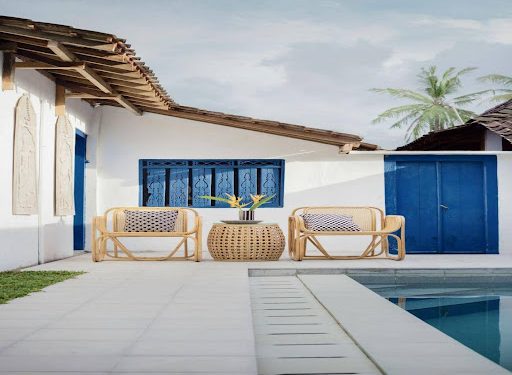A backyard pond can make an enormous difference in your landscape; sometimes it’s just nice to look at (or listen to the slow, calming sound of water), though there are times when it’s a real piece of art. Apart from aesthetics, it can improve the ecosystem of your garden by attracting various types of wildlife, like insects, birds or frogs, or increase your home’s value. Depending on the type, a pond may serve many different purposes, so before you start counting money, you should think about what you actually expect from it. It’s hard to estimate how much it will cost to set a pond in your garden, as there are many factors to consider, but there are some price ranges that may give you an idea:
The digging
You need to choose your location carefully – the pond can’t be whole in the sun. If it is, consider planting a tree so that the fish have some shade during hotter days. The digging is from 5 to 12 dollars per square feet (depending on the size and the soil, it’s done either by men or a machine) unless you’re planning on doing it yourself – then it is just your time that you’re investing. In order for the fish to live in a pond, it needs to be at least 3 feet deep; otherwise, it will very easily heat up during the summer and freeze during the winter. The size depends on the amount of fish that you want to have, e.g. a young 3 inch Koi fish costs around 4 dollars per piece, while a goldfish starts at $0,50 and a catfish at $1. You can’t have too many fish in too little space, because they won’t settle in.
The pond liner
Next, you’ll need a pond liner. It’s waterproof and it keeps the water from soaking into the ground. It doesn’t have to be very expensive (you can cover the whole pond with a plastic liner worthless the 100 dollars, though you may prefer using concrete, fiberglass or rubber), but you have to make sure it’s good quality to really keep the water in place or you’ll have a lot of repairing to do in the future.
The filter and the pump
What’s more, if you want to avoid bad effects the nutrient-rich waste has on the water’s quality (colour, taste and, what’s probably the most important, the horrible smell), you need to install a filter (depending on size, from 20 to 200 dollars) and a pump ($12-$200). You’d probably like to invest in a system that’s easy to hide, so a submersible one would be a better choice, as these external pumps are not very decorative. Make sure you choose the right size based on the amount of circulating water.Check out some submersible pumps from Crompton.
A good idea would be a pond aeration system which increases the level of oxygen in the water. It improves its quality, reduces algae and helps with mosquito and bacteria problems. A solar pond aerator may be more expensive but will help you save some money later because it doesn’t need any electricity (which is another upside – there are no wires to deal with).
The heating system
Then, if you live in a climate with cold winters, you have to think about the heating system; otherwise, you will lose your fish to the frost. There are various methods to keep your pond warm during the winter – you can use de-icers (around 70 dollars) or surface heaters (around 100 dollars) or a proper boiler, but that’s worth-doing only in cases of much bigger ponds. If you really don’t want to spend any money on heating, you can always house your fish indoors for the colder months and let the pond freeze.
The looks
Last but not least, you will probably want some decorations so that the pond doesn’t seem so bare – a combination of waterweeds, water lilies, lotus, water lettuce, irises and decorative rocks (they can also serve as a disguise for a liner at the edges of a pond) can be estimated to about 250 dollars, but there are really no limits to your aesthetics and imagination.
If you’re good at gardening and handiwork in general, you may do all the work by yourself, but if you have little experience, it would be better to hire professional landscapers for the job. The costs will get higher if you decide that you want something bigger or more decorative – the lighting, a bridge or a waterfall can certainly make your pond and the whole garden much more beautiful, but also a little abundant, so that depends on what you’re aiming at and how much money you’re willing to spend. You can start small, with a little pond just to see if it’s to your liking – then maybe expand.


